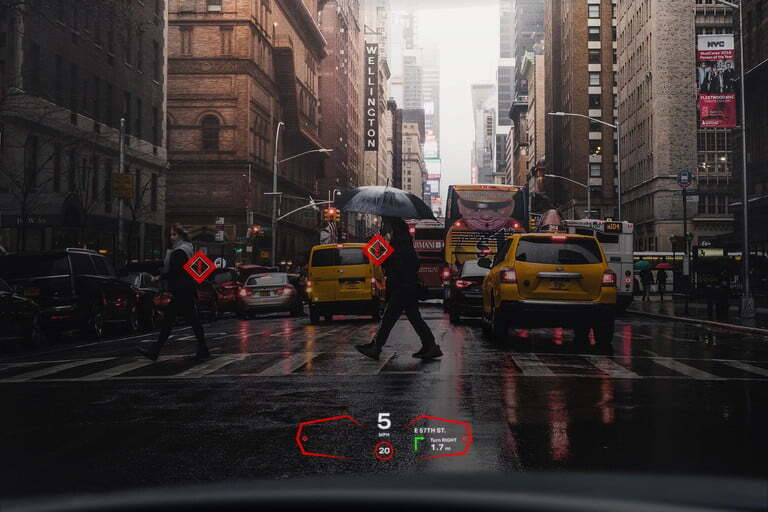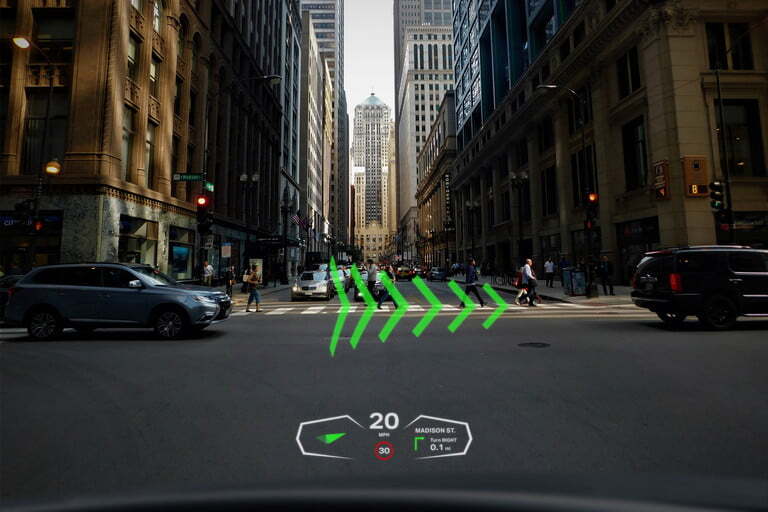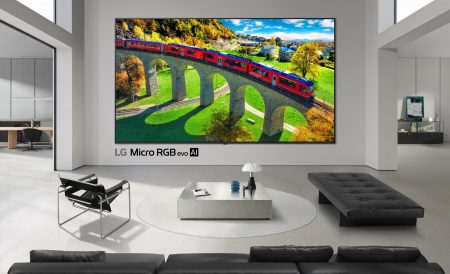We’ll be the first to admit that we weren’t all that excited by the prospect of augmented reality popping up on a car’s windscreen. We understand why it could be useful but let’s be real, most people are such terribly impatient drivers that listening to someone offer them helpful tips on how they could improve their driving is most often met with vitriolic frustration and annoyance.
Yet if we put aside our pride, augmented reality, the same technology being used to train dogs in sniffing out bombs, in windscreens could be awesome! A UK based company, Envisics, has been developing a new kind of windscreen that’s able to display holographic images to assist with people’s driving. Founder of Envisics, Jamieson Christmas, spoke to Digital Trends about how augmented reality is being used to help drivers focus more on safety and even ensure optimal pathing when driving to reduce the time it takes to get to a destination. Spoiler alert, the technology has a great deal in common with planes.
Augmented Reality in cars? Sounds like a trip
In discussing his vision for the heads-up display Envisics is currently developing for cars, Christmas spoke on how the idea came to exist. “Airplanes are the safest mode of transport that there is, because everything about the journey is entirely proceduralized,” said Christmas. “Everything from switching on and checking all the functions in the airplane through to how you communicate, how you set up in your journey, what the flight is going to be, what the flight plan is going to be, all the way through to the other end.”
It was with this approach that Envisics began to develop a similar system for ordinary, everyday cars. The actual device sits in the instrument panel in your car, buried within the dashboard, and projects a light onto the windscreen. This light takes the form of images that the driver is able to see without any kind of reflection getting in the way of visibility. The display can be set to show information such as speed, time and even a GPS-like system that indicates which turns you need to take and when. It could even warn users to potential hazards on the road, like people crossing a car parked awkwardly which will be an absolute blessing when driving around Joburg at night.
When I asked him about it, Stuff Editor Brett said he thought it was cool because it would actually look like playing a racing game while you’re actually driving in your car. I’ll be honest, that was really all I need to write more about this.
So why could this work?
Augmented reality, despite being tipped as potentially being huge, has never really taken off to the extent that we would have liked. So why is Christmas so sure that it could find a foothold among consumers when paired with cars? Well, he gives several decent explanations, including it being less socially awkward when confined in a car and the actual build of a car being able to house all the fiddly-components in such a way as to not reduce the quality of the projections.
Yet his most convincing explanation is that it can do wonders for safety on the road. “If you’re driving along, and you need to change your radio station or change your heating settings in the car, it basically requires you to look away from the road and carry out quite complex hand-eye coordination in order to interact with (the) display. The longer you look away from the road, the more risky driving becomes. Having the ability to take that distraction away from the driver — to overlay all the information they need upon reality, so that they always have that situational awareness in their peripheral vision — is inherently going to be a good thing,” said Christmas.
It all seems really compelling and we’d love to see more car companies take advantage of Envisic’s technology. While it might seem like a gimmick, AR guidance while driving could fundamentally improve road safety which is always something we can get around, especially since the Stuff offices are located in the heart of Joburg and you know how terrifying that is.
(Source: Digital Trends)




